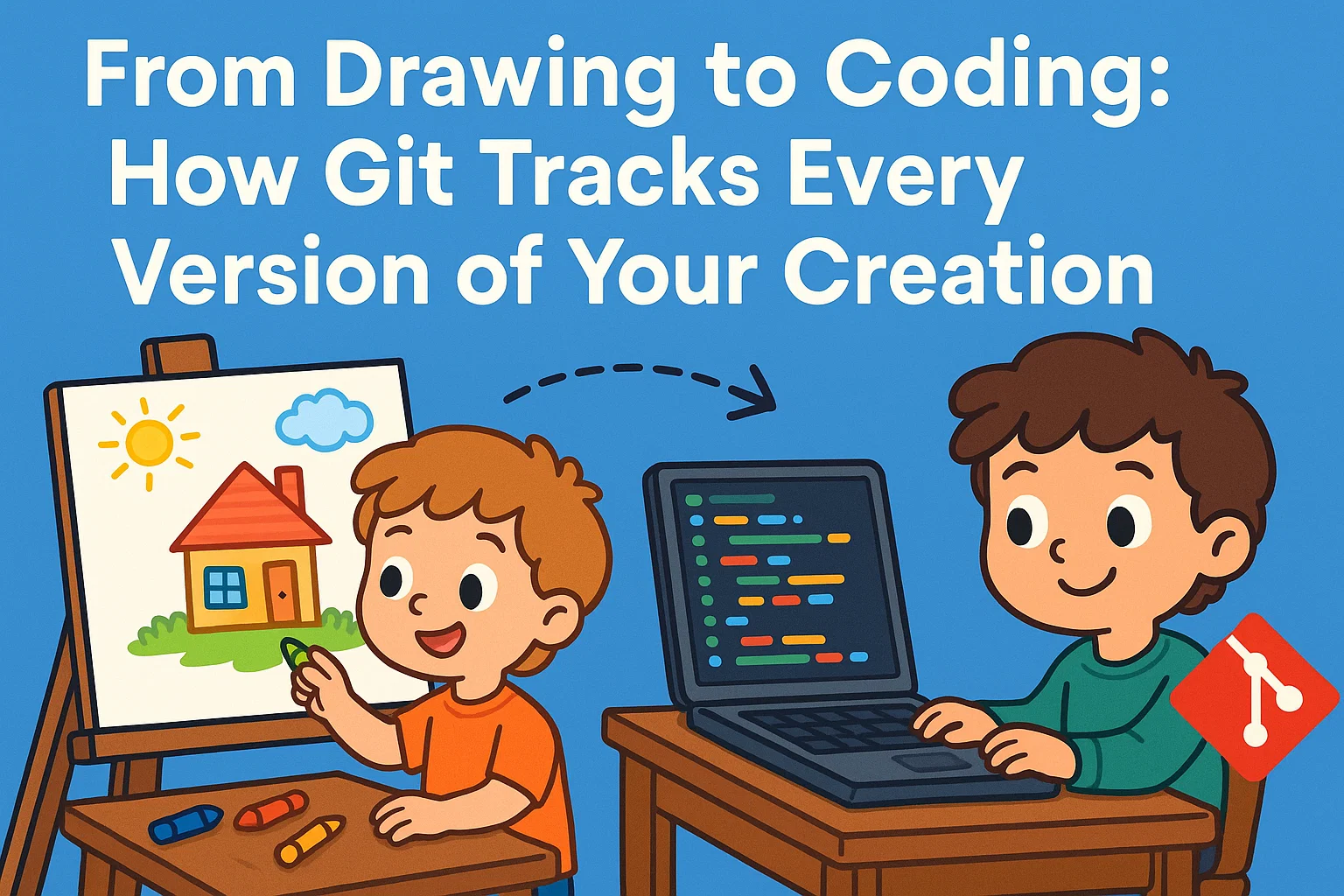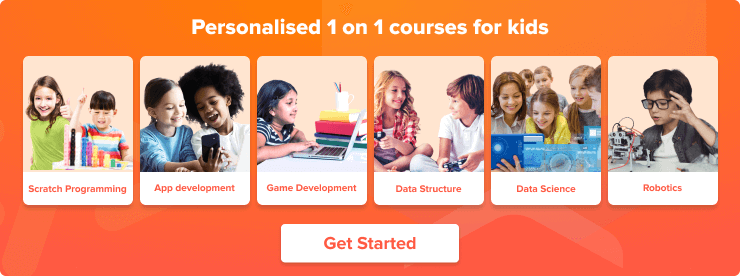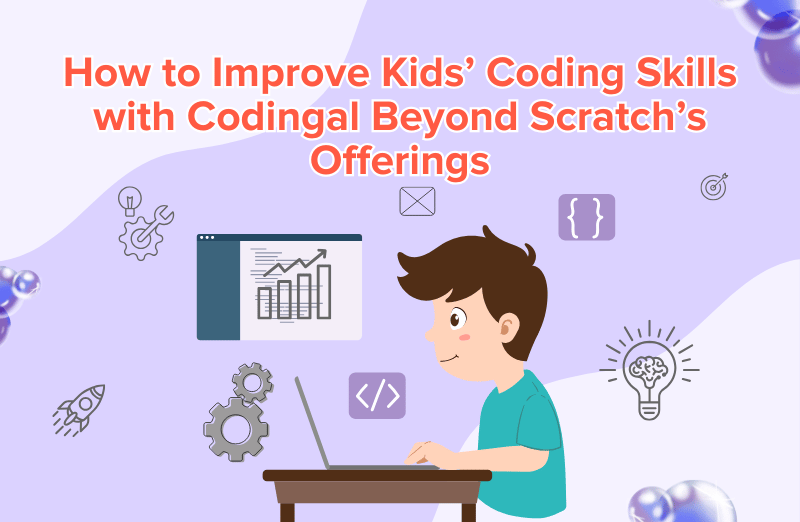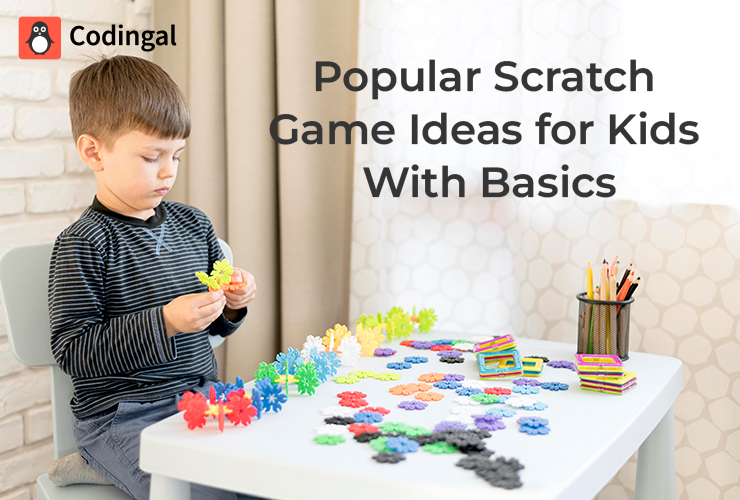Introduction: The Power of Progress
Imagine you’re drawing your dream city — skyscrapers, flying cars, and colorful gardens. Halfway through, you decide to change the skyline. But what if you later realize your earlier version looked better? How do you go back?
Artists often save multiple versions of their drawings: “DreamCity_V1.png,” “DreamCity_Final.png,” “DreamCity_Final_Updated_2.png”.
Coders face the same problem — when you write code, test it, and modify it over time, how do you track your progress and go back if something breaks?
That’s where Git comes in — a magical tool that helps coders save every version of their work, compare changes, and collaborate without losing a single stroke of creativity.
1. What Is Git?
Git is like a time machine for coders. It keeps track of all the changes you make to your projects — whether it’s code, text, or design.
Instead of overwriting files every time you edit them, Git saves snapshots of your work, so you can always revisit or restore older versions.
Think of it like:
- 🎨 An artist keeping every stage of their sketch — from pencil outline to colored masterpiece.
- 💻 A coder keeping every line of code ever written, along with notes about what changed and why.
In essence, Git helps you track, save, and share your creative journey.
2. Why Version Control Is So Important
When you’re coding (or creating anything digital), mistakes are part of the process. You might:
- Break a feature while trying something new.
- Delete an important line accidentally.
- Want to see how your project evolved.
Without Git, recovering from these would be frustrating. With Git, it’s easy — you can simply “rewind time” to any version you want.
Here’s why version control matters:
- ✅ Safety: You’ll never lose your work again.
- 🔍 Transparency: You can see who made what change and when.
- 🧠 Learning: You can understand how your project evolved, step by step.
- 🤝 Collaboration: Multiple people can work on the same project without overwriting each other’s code.
Git turns chaos into clarity — making it one of the most powerful tools every coder should learn.
3. How Git Works — Explained Simply
Let’s compare Git to something familiar — your drawing notebook.
| Drawing Analogy | Git Equivalent | Description |
| Each page in your notebook | Commit | A snapshot of your project at that moment. |
| Adding a new sketch | Adding files | Saving your work to the Git timeline. |
| Naming the page “Skyline with sunset” | Commit message | A short note describing your change. |
| Keeping all pages safe | Repository (repo) | A storage space where all your versions live. |
So, when you draw, you might save versions as you go. When you code, Git automatically saves every version, every note, and every experiment.
4. Meet GitHub: The Cloud Gallery for Coders
GitHub is like a digital gallery for your projects. It’s an online platform where you can:
- Store your Git repositories safely.
- Collaborate with others on shared projects.
- Show your coding portfolio to the world.
Just like artists share their drawings on Instagram or Behance, coders share their creations on GitHub. It’s where teamwork meets creativity — from classroom projects to global open-source collaborations.
5. The Journey from Drawing to Coding
Let’s connect the dots between art and code.
| In Art | In Coding |
| Sketching the first idea | Writing your first code file |
| Refining details | Debugging and improving logic |
| Saving versions manually | Git automatically tracking versions |
| Showing your artwork to friends | Pushing your project to GitHub |
| Collaborating on a mural | Contributing to a shared repository |
Just like artists refine their drawings layer by layer, coders use Git to evolve their code version by version — turning simple ideas into powerful creations.
6. How Git Encourages Experimentation
One of the most amazing things about Git is that it encourages curiosity and risk-taking.
With Git, you can:
- Create branches to test new features without breaking your main project.
- Try bold ideas, knowing you can easily revert if needed.
- Merge your best experiments into your main version.
This safety net allows students to explore freely — the same way an artist experiments with colors before finalizing the painting.
It teaches a key life skill: innovation without fear.
7. Using Git in Real Life: A Simple Example
Let’s say you’re creating a “Space Quiz Game” in Python.
Step 1: Initialize Git
You start your project folder and tell Git to start tracking changes:
git initStep 2: Make Your First Commit
You add your first version of the code:
git add .
git commit -m "Initial version with space quiz questions"Step 3: Make Changes
You fix some bugs and improve the design:
git commit -m "Fixed scoring system and added bonus round"Step 4: Go Back Anytime
If your new version crashes, no worries!
git checkout HEAD~1This brings you back to your previous version — just like flipping back a page in your artbook.
8. Git Builds Teamwork
When students work together on group coding projects, Git keeps everyone’s work organized.
It’s like having multiple artists painting different parts of the same canvas — Git ensures everyone’s strokes blend perfectly without overlap.
With GitHub, teams can:
- Track who added what.
- Comment on each other’s code.
- Merge updates seamlessly.
This introduces kids to real-world collaboration, preparing them for teamwork in both classrooms and companies.
9. Learning Git Through Creativity
For kids, learning Git doesn’t have to be technical — it can be visual and story-driven.
Here are some engaging ways to introduce it:
- 🎨 “Version Storyboard” Activity: Let kids draw comic panels showing how their code changes over time.
- 💻 “Git Timeline Game”: Create checkpoints for every change and let kids explore branching visually.
- 🤝 Collaborative Coding Challenge: Assign small coding tasks to groups and merge their contributions using GitHub.
These activities help children see version control as storytelling — each commit is a new chapter in their creative journey.
10. Why Git Is a Life Skill
Beyond coding, Git teaches kids:
- Organization: Keeping track of ideas and progress.
- Accountability: Understanding cause and effect through changes.
- Resilience: Learning that mistakes can always be corrected.
- Teamwork: Collaborating effectively with others.
In other words, Git trains both the logical brain and the creative heart — essential for the innovators of tomorrow.
How Codingal Helps Kids Learn Git the Fun Way
At Codingal, we believe every coder is an artist — and every line of code is a brushstroke of creativity. Our live, interactive online classes help kids understand tools like Git and GitHub in the most engaging, project-based way possible.
Through our AI & Coding courses, students learn to:
- 🌟 Build real projects — games, apps, and websites.
- 🔁 Use Git to track progress and version their code like professionals.
- 💬 Collaborate with peers, just like real-world developers.
- 🚀 Upload and share their projects proudly on GitHub.
We ensure that children not only learn what Git does but why it matters — giving them confidence to manage their ideas, changes, and creativity responsibly.
💡 Turn your child’s coding ideas into masterpieces that evolve beautifully — one version at a time. Book a free live class at Codingal and let them experience how Git makes progress visible, fun, and unstoppable!
Conclusion: Every Version Tells a Story
From sketching your first idea to coding your first project, every version is a reflection of growth. Git captures that journey — reminding us that progress isn’t about perfection, it’s about evolution.
Just like an artist’s portfolio, Git keeps every draft, experiment, and success safe. It’s a digital journal that celebrates creativity, learning, and persistence.
So next time you write code or draw a design, remember — every change is part of your story. And thanks to Git, that story is never lost.
🎨💻 From drawing to coding, every version matters, and every creator deserves a time machine.














